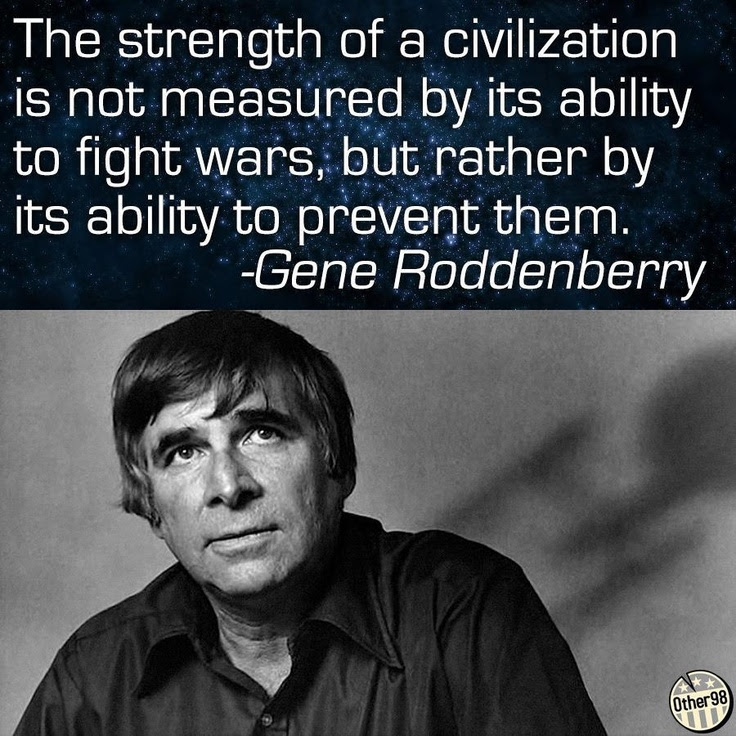
by Alison Ingleby
Endings are important. They can make or break a book. However good the rest of the story is, if the final scene leaves you feeling dissatisfied, then chances are you won’t be picking that book up again. Or recommending it to a friend.
Of course, a good ending doesn’t have to be a happy one, but it does need to be satisfying. And as readers, we have different views on what makes for an acceptable finish. Some people enjoy the uncertainty of an open-ended novel, such as The Handmaid’s Tale, which leaves the reader to mull over how the story finishes. Others feel bitterly disappointed that the story hasn’t been neatly wrapped up and throw the book across the room.
The same can be said for depressing endings. They can shock us, yes, but is it really what we want from a novel? I ran a quick poll in The Last Book Café on Earth (a Facebook group for lovers of dystopian fiction) and was surprised that views were fairly evenly split on what endings people preferred between an open ending, a happily ever after, or a bittersweet ending. No votes yet for the unhappy ending…
Many dystopian literary classics are pretty bleak, particularly those in which there is no change in the society depicted. The final scenes of 1984 might wrap up the story and make you think, but they hardly leave you feeling good about the world. Still, that’s kind of the point. It’s a chilling reminder of how bad things could be, and we happily put our book back on the shelf, feeling that our world isn’t quite that bad after all.
But can dystopian stories really have a happy ending? Well yes… and no.
One thing dystopian literature doesn’t typically include is a ‘happily ever after’. This is almost compulsory in the romance genre where readers want a nice happy ending in which the couple finally gets together. But the dystopian genre is different. The reality is that the transformation from a dark, unjust society to a perfect utopia doesn’t happen overnight. Arguably, it never happens at all.
No, with dystopian stories, the best you can hope for is a bittersweet ending. Things turn out alright for your hero or heroine in the end, but they have suffered and lost along the way. They have been irrevocably changed. This is a hallmark of many of the young adult dystopian novels that have been so popular over the past decade, and fans of this wave of dystopian literature have come to expect this style of ending. Which can make authors unpopular when they don’t oblige (*cough* Veronica Roth *cough*).
Some readers say The Hunger Games has a happy ending. I would disagree. (Spoiler alert!) Sure, Katniss and Peeta survive and the world eventually becomes a better place, but at what price? The loss or estrangement of everyone they love, and, to some extent, their own sanity. Even in the epilogue, the sweetness of children running through the meadow is tempered by the bitterness of the trauma that Katniss still experiences.
You may disagree with me. And that’s fine. There is no ‘right’ way to enjoy a book, just as there is no ‘right’ way to write one.
In my humble opinion, a bittersweet ending is the best way to end a dystopian novel. Why? Because it brings together that all-important thread of hope and the realism that a perfect world doesn’t exist and ties them together in one great big knot that tugs at your heartstrings. It is both sad and uplifting. It leaves you with the hope that the world can be a better place.
I don’t need a happy ending. I just want a sparkle of hope.
 Alison Ingleby writes fast-paced dystopian fiction for young adults and adults who are young at heart. She spends her days wondering what the future will be like and hoping it’s not as bad as the worlds in her head. Find out more about her books and get a free story by visiting her website: alisoningleby.com
Alison Ingleby writes fast-paced dystopian fiction for young adults and adults who are young at heart. She spends her days wondering what the future will be like and hoping it’s not as bad as the worlds in her head. Find out more about her books and get a free story by visiting her website: alisoningleby.com











